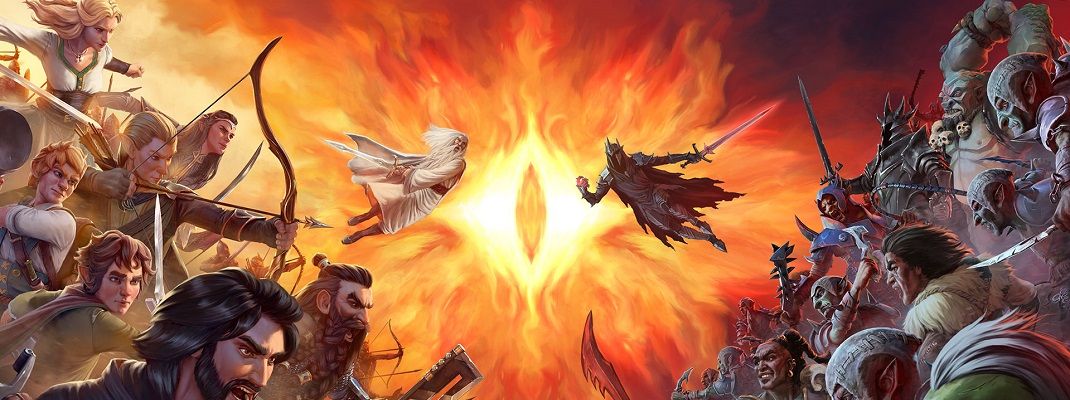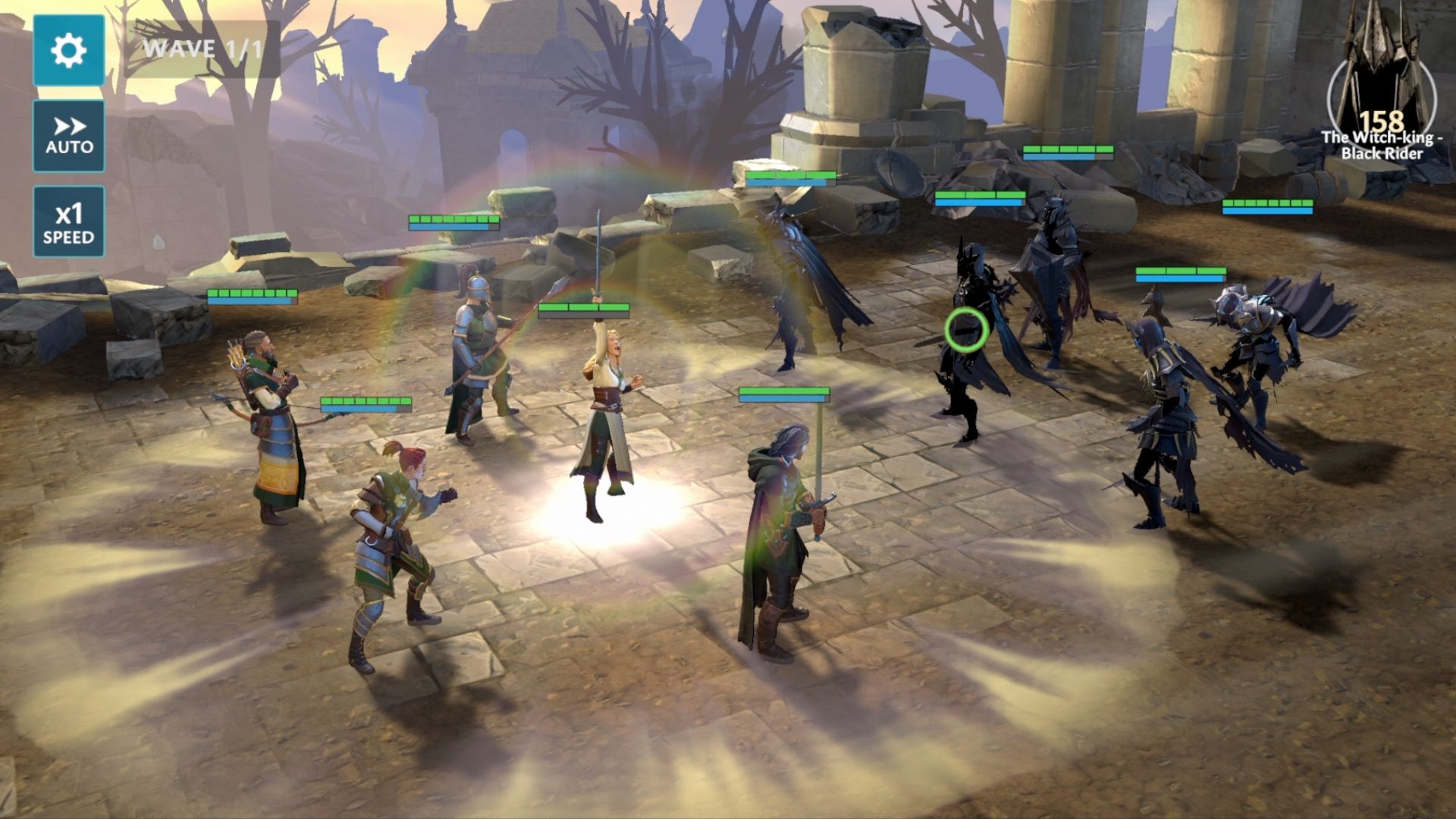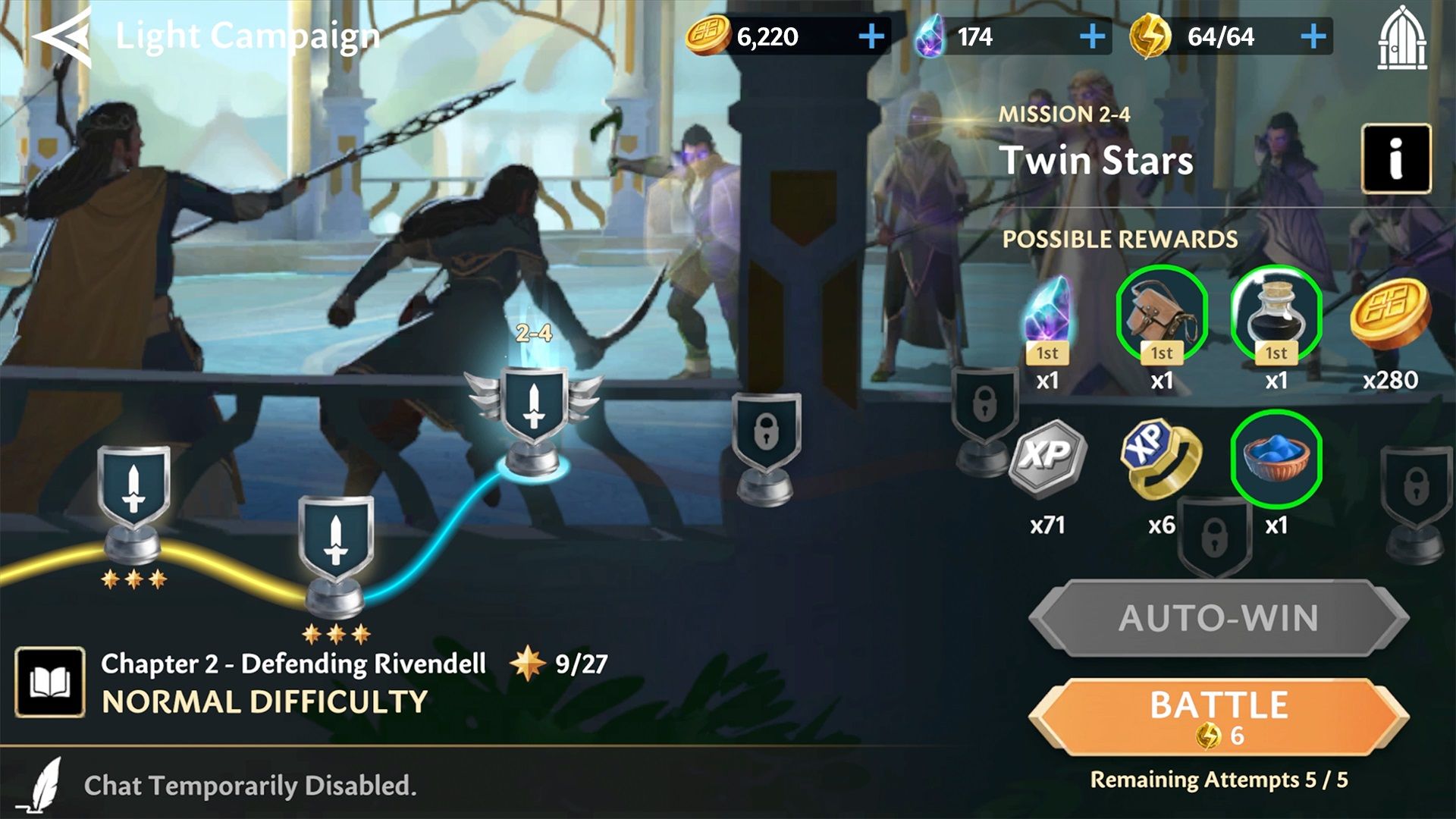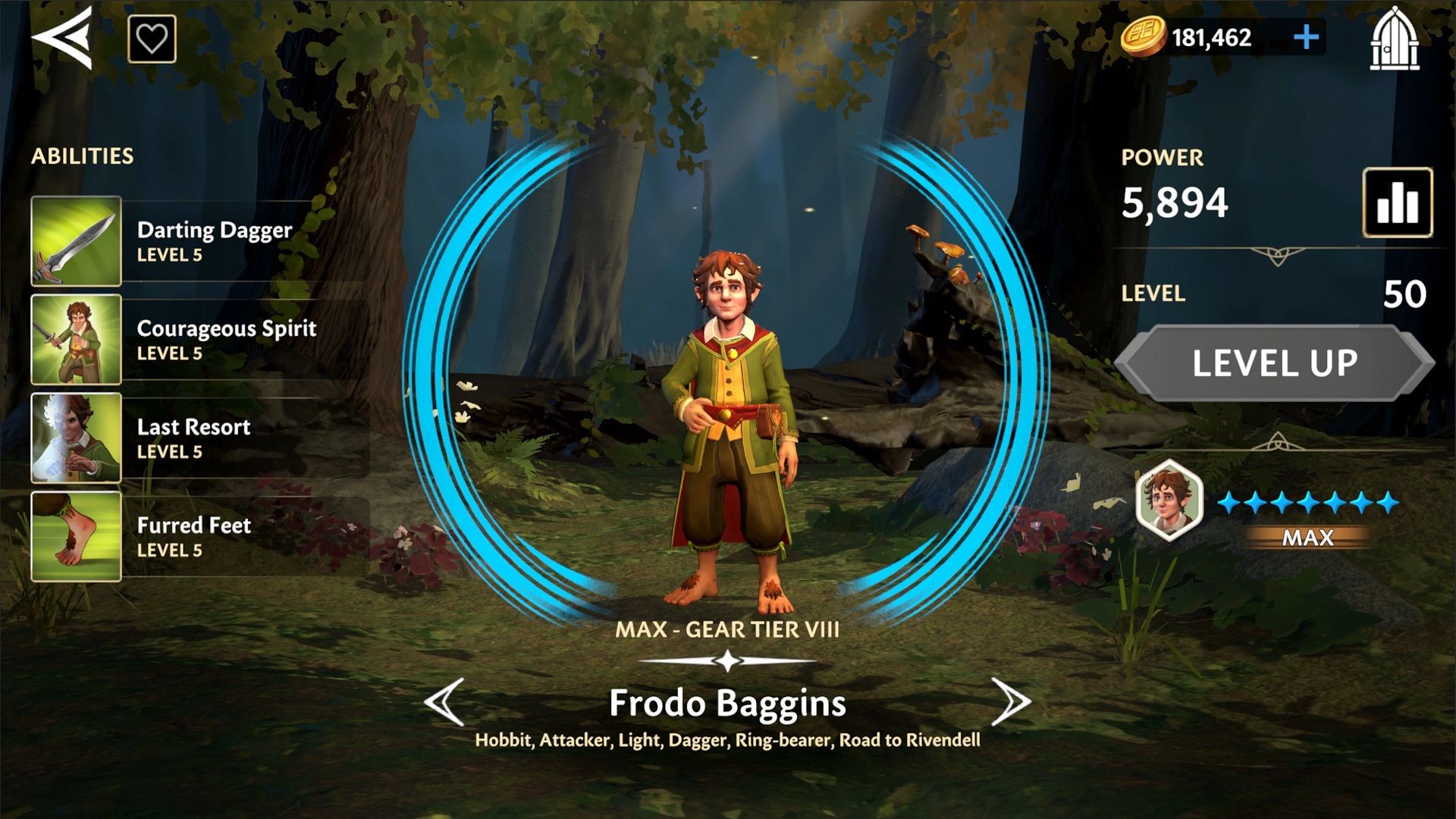EA’s ownership of The Lord of the Rings films and eventually book licenses in the early 2000s paved the way for a series of classic games. The Return of the King, The Battle for Middle-earth, and The Third Age are just some of the gems to come out of the publisher. Sadly, the partnership was not to last with Warner Bros. acquiring the rights shortly after the release of The Lord of the Rings: Conquest in 2009.
More than a decade later, EA and Middle-earth Enterprises have partnered again, allowing developer Capital Games to create a new game based on the books. EA’s grand return to Middle-earth is here, but not in a way you’d expect. That’s because The Lord of the Rings: Heroes of Middle-earth isn’t a console and PC game: it’s a mobile GACHA RPG. We went hands-on with the game early on iOS, and it’s pretty much what one would expect from this type of game.
The Lord of the Rings: Heroes of Middle-earth is almost a near replica of Capital Games’ other GACHA RPG, Star Wars: Galaxy of Heroes. You’ll collect shards to unlock characters, battle through campaigns and level up said characters. The gameplay has elements of depth with characters providing bonuses to those they synergize with, though there’s no barriers to building a team you want. It’s also a game that hues closely to the grindy and more annoying aspects of the genre, including the overabundance of requirements to level up your characters, stingy drop rates, slow recharge times and an intense focus on microtransactions.
Where The Lord of the Rings: Heroes of Middle-earth differs from Galaxy of Heroes is in its attempt to tell a narrative. In the game, a new Ring of Power emerges that allows you to peer through time and influence the timelines. Acting opposite of you is a Shadowy Figure attempting to corrupt the stories of Middle-earth. You’ll team up with the First Age’s Eärendil to heal the stories and defeat the Shadowy Figure. While it might not be much, the promise of the story lies in the campaigns and characters are exploring aspects not adapted in previous mediums. These include characters like Tom Bombadil, factions like the Easterlings, and what-if timelines like if Galadriel did take the One Ring. Unfortunately, many of these more intriguing elements aren’t in the game at launch and we currently don’t know when they’ll be added.
It's important to note that EA and Capital Games don’t hold the license to Peter Jackson’s films, which lie solely with Warner Bros. As such, the game pulls entirely from book material. That means no additions like Lurtz or Gothmog, but it does mean characters like Elladan and Halbarad get to make an experience. It has also allowed Capital Games’ artists to reimagine familiar places and put their stamps on unexplored territory. It’s truly a delight getting to see these areas and characters familiar and unfamiliar come to life in a new way.
As a live service game, The Lord of the Rings: Heroes of Middle-earth lives or dies based on the amount of engaging content provided for players. At launch, there’s not much. The basics are here, including hero, villain and mixed campaigns, stores and Guilds, but Heroes of Middle-earth doesn’t offer anything more than that. Capital Games has promised Epic Encounters (the game’s take on raids), additional customization, and a PvP experience post-launch, but what’s here at launch isn’t anything spectacular.
Probably the most disappointing aspect is the base game’s roster. Despite key art showcasing heavy hitters like Gandalf, the Witch-King, Gimli, Legolas, and more, Heroes of Middle-earth launches with only 46 characters, and so few of them are heavy-hitters. While Capital Games may want to hold back some of these characters for future updates and storylines, the fact that the game currently has so few recognizable characters to unlock isn’t ideal, especially considering a character like Gandalf will likely be hidden behind a limited-time event and require numerous hoops to jump through to get him.
The Lord of the Rings: Heroes of Middle-earth does launch with one major advantage; it arrives eight years after Galaxy of Heroes. The game launches with numerous quality-of-life improvements (i.e. Auto Win, simulations, speed boosts, etc.) that took years to arrive in Galaxy of Heroes. As a result, the experience is snappier, more efficient and less prone to glitches and crashes. It all adds up to a more enjoyable experience.
Like all other GACHA games, Heroes of Middle-earth is free-to-play with plenty of microtransactions. Even at launch the store is adorned with multiple character bundles and Crystal packs for purchase with real-world money. Of course, it's theoretically possible to unlock and fully level up all the characters in the game without spending a cent, just expect the experience to be a massive time sink. Between the massive shard requirements to level up character’s star level and the stingy drop rate, it’s going to take up a lot of time to get everything, and that’s before new characters, campaigns and events start dropping.
Based on our time playing, The Lord of the Rings: Heroes of Middle-earth is a competent, but unremarkable mobile GACHA RPG. Longtime fans of the IP will get a kick out of seeing a new interpretation of the books, one without the influence of the films. Beyond that, however, it’s hard to recommend Heroes of Middle-earth over more robust offerings like Star Wars: Galaxy of Heroes or Marvel’s Strike Force, both of which offer a lot more content, features and characters for the amount of time needed for grinding. Heroes of Middle-earth is fine within its genre, but it doesn’t do anything to set it apart from the many other GACHA mobile RPGs. Hopefully as time goes by Capital Games will be able to make this The Lord of the Rings title feel more special.
The Lord of the Rings: Heroes of Middle-earth is available now for download on iOS and Android devices.




